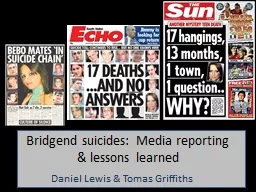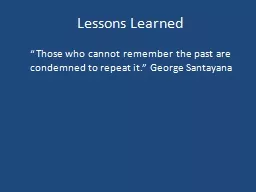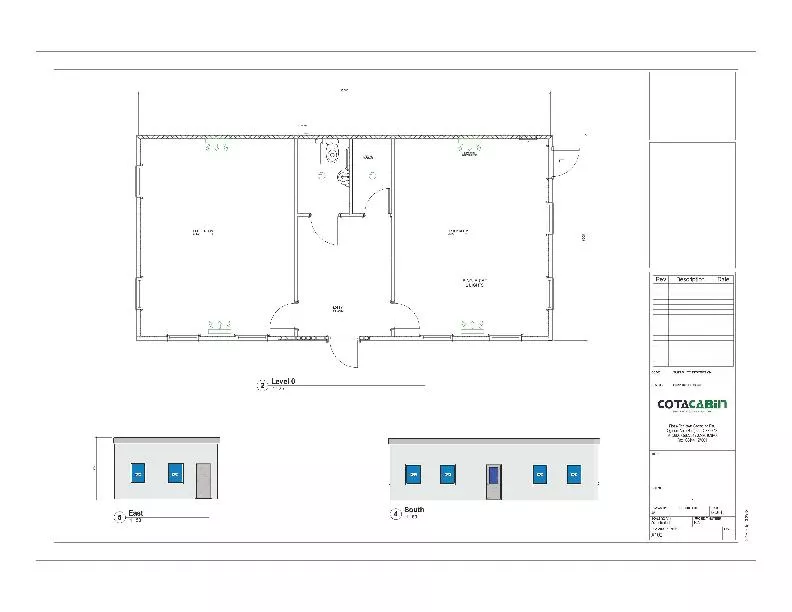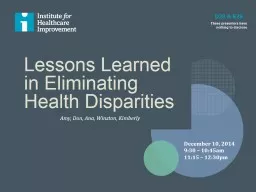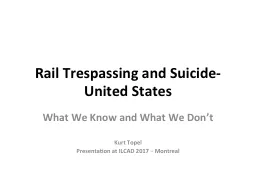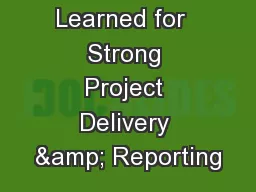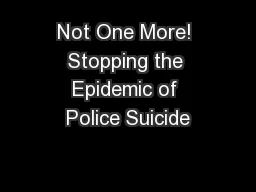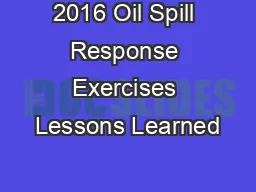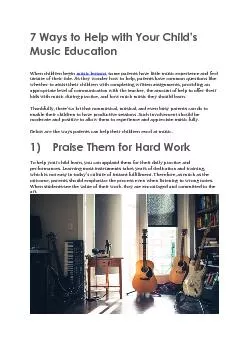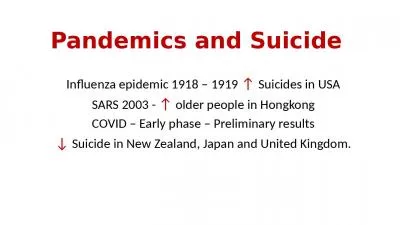PPT-Bridgend suicides: Media reporting & lessons learned
Author : stefany-barnette | Published Date : 2018-09-24
Daniel Lewis amp Tomas Griffiths Breakdown of presentation About the Bridgend suicides Media reporting PCC guidelines Lessons learned Case study 1 Case study
Presentation Embed Code
Download Presentation
Download Presentation The PPT/PDF document "Bridgend suicides: Media reporting &..." is the property of its rightful owner. Permission is granted to download and print the materials on this website for personal, non-commercial use only, and to display it on your personal computer provided you do not modify the materials and that you retain all copyright notices contained in the materials. By downloading content from our website, you accept the terms of this agreement.
Bridgend suicides: Media reporting & lessons learned: Transcript
Download Rules Of Document
"Bridgend suicides: Media reporting & lessons learned"The content belongs to its owner. You may download and print it for personal use, without modification, and keep all copyright notices. By downloading, you agree to these terms.
Related Documents

